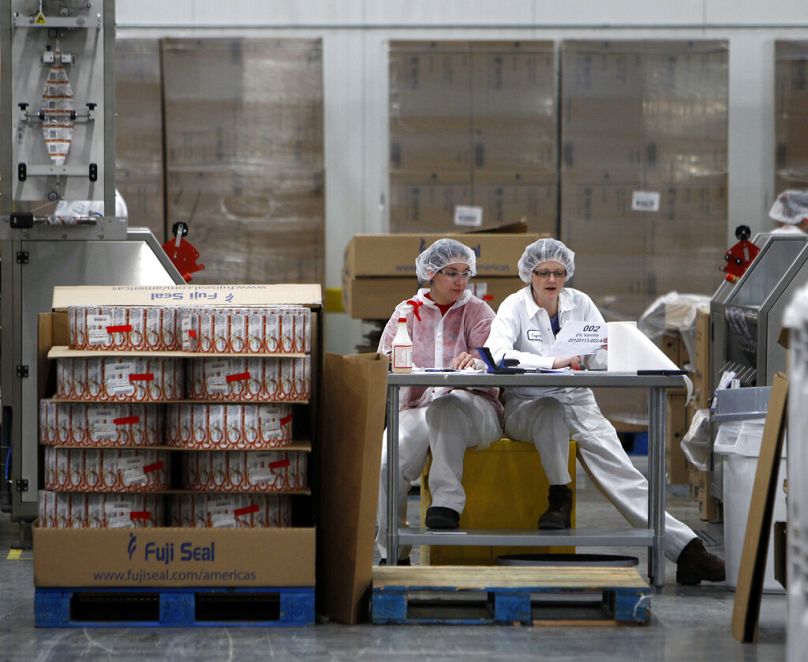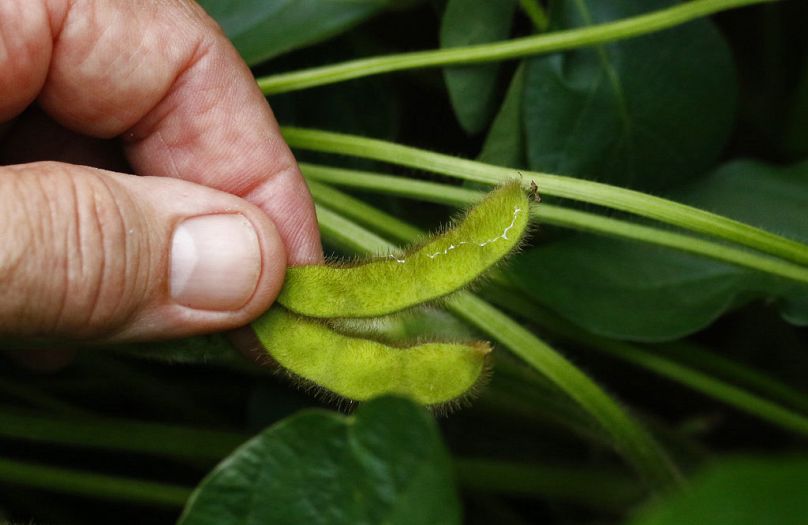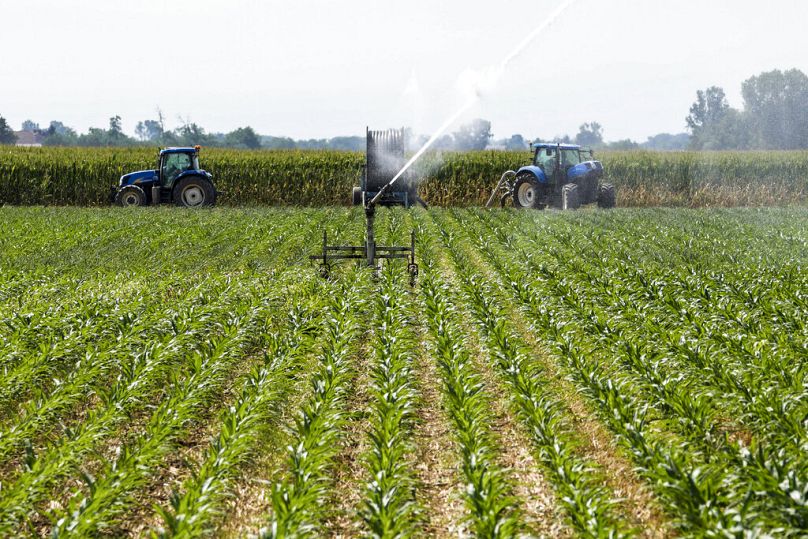By designing solutions that meet market needs as well as address societal issues such as climate and food security, companies have the chance to blend profit with purpose and find that sweet spot where they can be simultaneously doing well and doing good, Adolfo Orive writes.
Climate change is a topic on everyone’s mind, and rightfully so.
But while climate awareness has greatly increased in recent years, many still fail to understand how it is closely connected with food security, food waste and circularity.
Approximately one-third of the world’s greenhouse gas emissions are caused by food systems. At the same time, about a third of the global food production is either lost or wasted, which also carries a climate impact.
To sustain a growing population, we need more food — approximately 60% more by 2050. But more food means we need more land, which can damage ecosystems that absorb carbon from the atmosphere. Additionally, more food also needs more packaging which then needs to be recycled to avoid increasing greenhouse gas emissions.
What we therefore need is an integrated view to redesign our food systems, optimising how we produce, process, package and distribute food — aiming for not just healthy people, but a healthy planet.
Ensuring circularity
While food packaging secures food availability, it must be designed and recycled appropriately to reduce the climate impact and avoid adding to the global waste pile.
The world is already generating 2 billion tonnes of waste annually, and this is predicted to grow 70% by 2050 from its 2018 baseline.
A comprehensive value chain effort is needed if a circular economy is to become a reality, where products and materials are continuously circulated, reducing the reliance on virgin sources.
In this context, policymaking can play a vital catalysing role, when designed with a holistic impact assessment. In the case of perishable liquid foods, such as milk, juices and plant-based drinks, this means treating the packaging and the food within it as one unit, thereby considering the importance of both food protection and environmental sustainability.
Establishing a regulatory framework in consultation with the industry is critical. It can provide legislative reassurance for companies to continue investing confidently in sustainability solutions.
Because it is investments that indeed catalyse progress. In the case of the beverage carton industry, the combined €200 million investment in recycling infrastructure in the European Union has led to carton packages being widely recycled in 20 specialised mills located in different EU countries, with polyAl currently processed by seven facilities (and another six under development).
Tetra Pak’s yearly investment of €100m in enhancing the environmental profile of food cartons is enabling trials of 25 million aseptic cartons with a paper-based barrier in Europe. These are the types of initiatives that will accelerate the much-needed change.
Technology-driven solutions
Food access, and the related issue of food waste, is naturally high on the sustainability agenda. This has prompted many manufacturers to rethink their by-products as an asset.
For example, the WaSeaBi project aims to reduce waste across the seafood industry. It is developing sorting technologies, storage solutions and decision tools to allow commercial fishing fleets and seafood manufacturers to stop considering by-products as a waste product, instead developing them as new food products and ingredients.
Meanwhile, we’re pioneering a “whole soya” processing method, using the entire soybean in production and increasing the fibre and protein content of the drink as a result.
And it’s not just about the environmental sustainability of these production processes. They also lead to greater efficiency, meaning fewer resources are used and lower costs are incurred.
Minimising food waste is a primary function of packaging and has been for many years.
Technologically proven solutions, such as aseptic beverage cartons, play a critical role in improving food access and reducing food waste in countries without extensive cold chain infrastructure. These cartons protect perishable liquid foods and keep them safe for up to 12 months — without the need for preservatives or energy-intensive refrigeration.
The power of the collective
By uniting different players in the value chain, incremental and ultimately transformative change can be achieved. This requires mobilising both suppliers and customers, for upstream and downstream impact.
For instance, companies within the IT industry are focusing on improving the sustainability of the production and extraction of their materials while others are accelerating innovations to reduce the carbon emissions caused by the usage of their products as well as to facilitate their recycling.
Another example within the F&B industry is the programme we are running with our suppliers to support our net zero journey or the solutions helping customers reduce the climate impact of their operations. Value chain efforts such as these are fundamental to realise our collective power in accelerating change.
Unconventional collaborations can also bring new perspectives to solve complex problems.
For example, one of Europe's leading frozen foods companies has launched the Open Innovation Portal for academics and start-ups to tackle specific sustainability challenges. By sharing resources and expertise, innovation is accelerated and all parties benefit.
Collaboration is vital to agree on standards for solutions to scale. This includes a material-agnostic, evidence-based definition of what constitutes a recyclable package.
Steps are already being taken in this regard to bring together organisations and maximise the impact the industry can have. For one, 4evergreen alliance — a cross-industry platform that aims to boost the contribution of fibre-based packaging in a circular economy — has recently added beverage packaging design guidance to its fibre-based circularity toolset.
In summary, the enormity of the challenge before us is undeniable, but with it are some promising opportunities.
By designing solutions that meet market needs as well as address societal issues such as climate and food security, companies have the chance to blend profit with purpose and find that sweet spot where they can be simultaneously doing well and doing good.
Adolfo Orive is President and CEO of Tetra Pak.
At Euronews, we believe all views matter. Contact us at view@euronews.com to send pitches or submissions and be part of the conversation.














